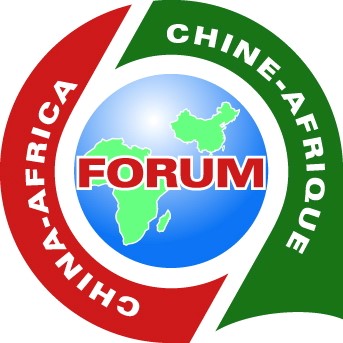Because of low rainfall and drought, Tunisia has been suffering from a stifling water crisis for years. However, Moez Nabil, an olive farmer from Sousse, managed to overcome the challenge of obtaining sufficient water for his crops.
The steady irrigation water supply from the Chinese-built Sousse wastewater treatment plant allowed Nabil to preserve his crop yield.
“Although water shortages result in a significant decline in crop production, the annual harvest of my olive has been basically stable in recent years,” he said, expressing gratitude to the plant.
According to a report released by Tunisia’s National Observatory of Agriculture, the overall water reserves of Tunisia’s dams were 520.3 million cubic meters on Nov. 15, down 30.4 percent from the average of 747.6 million cubic meters on the same day over the previous three years.
Tunisia’s recorded average rainfall from Sept. 1 to Nov. 15 was less than 1.5 mm, far lower than the average in this period, the observatory reported, adding that the rainfall deficit exceeded 94 percent in most regions.
Sousse, Tunisia’s third-largest city located 140 kilometers south of the capital Tunis, also suffers.
“Due to the severe drought in the past two years and the water shortage in Sousse, many water reservoirs have bottomed out,” said Ji Jie, the Chinese director in charge of the final stages of Sousse wastewater treatment plant project.
The project, which consists of the newly-built Hamdoun and the expanded Sousse South sewage treatment stations, was undertaken by the Chinese Sino-hydro Corporation Engineering Bureau 15 Co, Ltd. a few years ago.
The two stations, which went into operation in 2019 and 2022, respectively, not only reduce pollution, but also provide local farmers with a stable source of irrigation water.
Moez is just one of the farmers whose olive trees relied on the treated water in this plant to survive for several months during the scorching summer.
The two stations can treat 19 million cubic meters of sewage each year and provide 18 million cubic meters of irrigation water for the surrounding area, and they are “almost automated and highly efficient,” said Amen Ksiaa, head of the Hamdoun sewage treatment station.
In Hamdoun station, the dark sewage flowed into several treatment pools. After deposition, filtration, adsorption, and biological treatment, the water flowing out of the last pool became clear.
“After being disinfected with ultraviolet light, the water will meet the standards for agricultural irrigation,” said Ji, adding that the water meets “the urgent agricultural need” of local farmers.
“In the past, a lot of local sewage was directly discharged due to limited treatment capacity, causing unpleasant odors in the air. The sewage flowed across the river, causing serious environmental pollution,” Ksiaa said.
And now, the Sousse city’s residential sewage and some industrial sewage will be poured into this plant for treatment, which also owns biogas cogeneration systems that can collect the biogas during sewage treatment and generate 19,000 kilowatt-hours of electricity per day, which greatly reduces the energy consumption of the plant, according to Ji.
Because of the plant’s successful operation and social and economic benefits, many other places in Tunisia are now contacting the Chinese constructors for cooperation in dealing with drought and making better use of water resources, he said.
Distributed by APO Group on behalf of Forum on China-Africa Cooperation (FOCAC).
